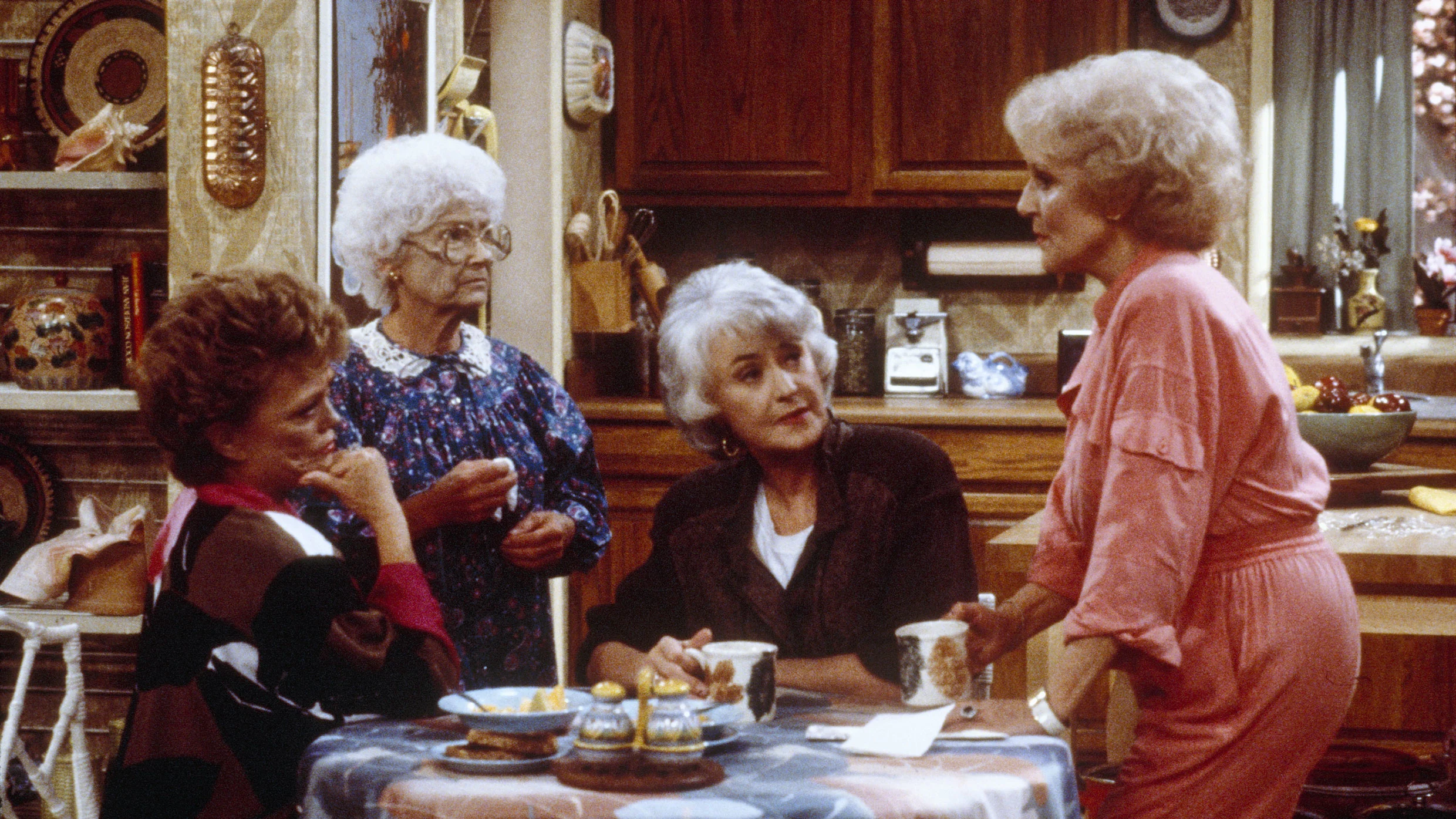
"As a small child in the 1980s, I tuned in weekly to see the hilarious antics of the Golden Girls. I loved seeing the friendship and support between the three 50-something housemates of Blanche (Rue McClanahan), Rose (Betty White), and Dorothy (Bea Arthur), while the affectionate bickering between Dorothy and her unfiltered 80-something mother Sophia (Estelle Getty) always struck me as mother-daughter relationship goals."
"While the show was ahead of its time in myriad ways, one important legacy it has given Generation X is a blueprint for adult communal living. Our generation understands what a "Golden Girls retirement" means, and we have all likely spent some happy hours daydreaming about our ideal cast of friends and family to share a wicker-and-pastel Miami home with."
"In the world of The Golden Girls, the Miami house belongs to Blanche, and she initially advertises for two roommates-Dorothy and Rose-to help pay the mortgage. (Sophia comes to live with them after her retirement home burned down.) When the show debuted in September, 1985, the median home price in the United States was $84,700, and the median income for a single woman householder was $13,660. That median income for an individual was about 16% of the median home price."
The Golden Girls depicts four older women sharing a Miami house and splitting housing expenses by taking on roommates and pooling resources. Shared living enabled Blanche, Dorothy, and Rose to afford mortgage payments and daily costs, and allowed Sophia to move in after her retirement home burned down. Historical data show that when the show debuted in 1985 the U.S. median home price was $84,700 while the median income for a single woman householder was $13,660, about 16% of the home price. By mid-2025 the median home price rose to $512,800 and the median single-woman income to $60,440, worsening affordability. Adult co-living can reduce costs, increase social support, and improve stability before and after retirement.
Read at Fast Company
Unable to calculate read time
Collection
[
|
...
]